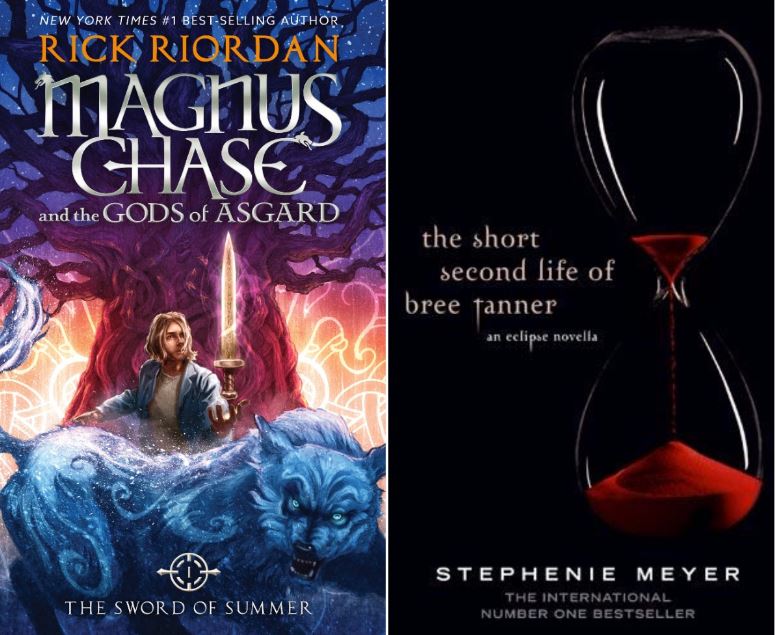Percy Jackson. The Hunger Games. Harry Potter. Divergent. For the past ten years, these prominent young adult series have captivated the minds and hearts of youths across the world. But lately, an alarming trend has arisen among famous YA authors: after the success of the initial series that makes their name, they continue to exploit the same ideas, coming up with sequels, prequels, and even accompanying graphic novels. This would be a reader’s dream come true if the spinoffs were composed with as much passion, and effort as the originals, but sadly, this is all too rarely the case. Instead, devoted fans are forced to trudge through poorly written stories that ultimately disappoint.
Sequels like J.K Rowling’s Harry Potter and the Cursed Child frequently reuse plotlines and revive old characters, making for a predictable read. Riordan’s later series are no better–he simply changes the name of the mythological entity who rises from the dead and threatens to destroy the world. Austin H. (11), said that “He uses the same format for every single one of his stories…he’s trying to milk a dead cow.” When new ideas are introduced, they are either implausible or plain uninteresting. One case in point is The Short Second Life of Bree Tanner, a painfully tedious 178-page companion novella stretched out by Stephenie Meyer, the author of the Twilight novels, just to explore the backstory of a minor character.
The authors’ motivation for constantly returning to the same settings, and storylines is obvious. As Natalie H. (11), says, “It sells.” Dr. Owen Lipsett, TAS English teacher, expressed a similar sentiment, saying: “If they find a formula that works, they want to stick with it.” All the authors have to do is simply mention the names of Harry Potter, Tris Prior, Clary Fairchild, or Percy Jackson in a new book, and chances are it will become an instant bestseller, regardless of how shoddy the writing is. Take for instance The Cursed Child, which sold 2 million copies in its first two days despite poor reviews from websites like Goodreads.
True, some of these authors had economic motives for trying to maximize profits–after all, writing is a difficult profession. Dr. Lipsett notes that “everyone, particularly those who create art, likes to think of themselves as doing what they do because they’re passionate about it…however, at the end of the day, they have bills to pay like the rest of us.” Indeed, J.K. Rowling described her economic struggles in a 2013 interview with the Daily Mail, saying that she once was “as poor as it is possible to be in modern Britain, without being homeless.” But now, Rowling’s total wealth is estimated by Business Insider at just under US$ 1 billion; Riordan is no slouch either, checking in with a net worth of US$ 21 million, according to Forbes.
Since clearly, most successful YA authors have more money than they can spend, they should consider the consequences of their actions. Rather than enriching the stories of the original novels, low-quality spinoffs add unrealistic and unnecessary elements to the beautiful fictional universes the authors spent so much time constructing. Natalie says of The Cursed Child: “I prefer to think that [it] is not associated with Harry Potter. To me, the series ended with the seventh book.”
It is time for Riordan, Rowling, and company to say their farewells to their beloved universes, and allow their fictional heroes to ride off into the sunset. Perhaps by pursuing new ventures, they will create a new generation of heroes for a new generation of readers.


![The snack bar serves different lunch
boxes everyday. [AIDEN SHEN/THE BLUE & GOLD]](https://blueandgoldonline.org/wp-content/uploads/2023/12/Price-849x1200.jpeg)
![The live-action remake of Snow White from Disney is projected to release in March of 2024. [LOGO COURTESY OF THE WALT DISNEY COMPANY/WALT DISNEY].](https://blueandgoldonline.org/wp-content/uploads/2023/11/unnamed-1200x848.png)



